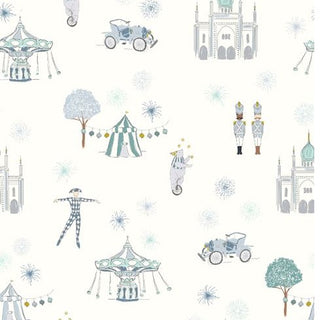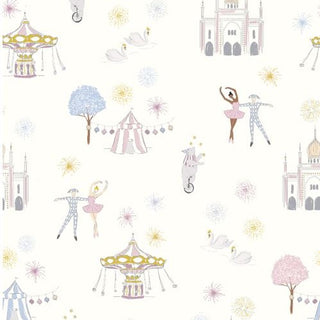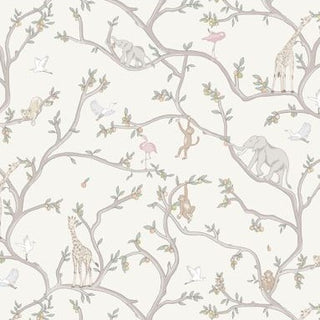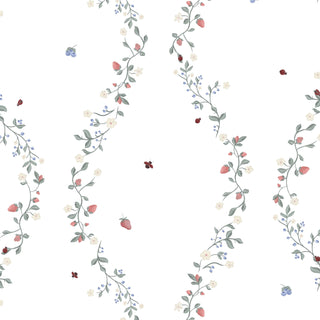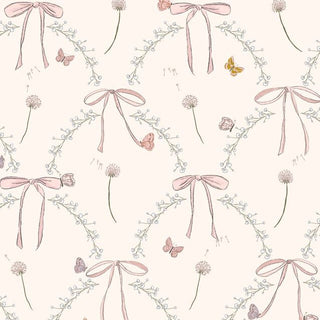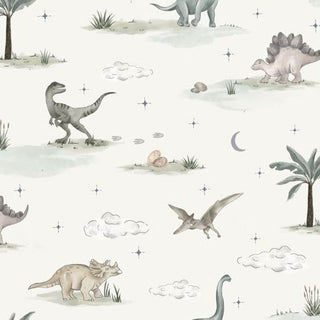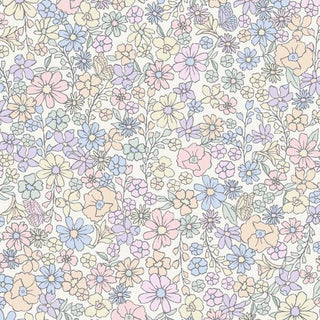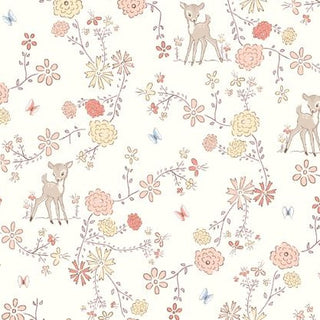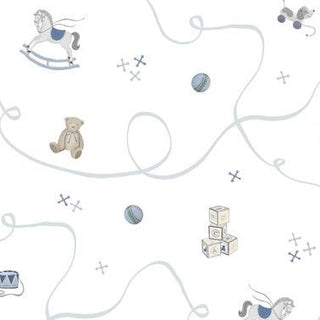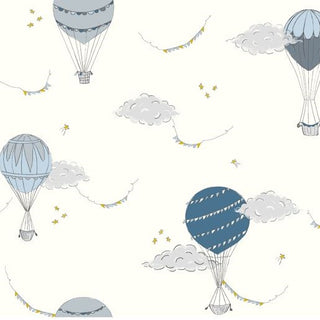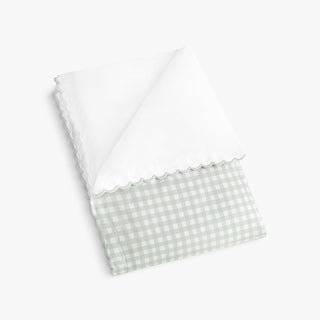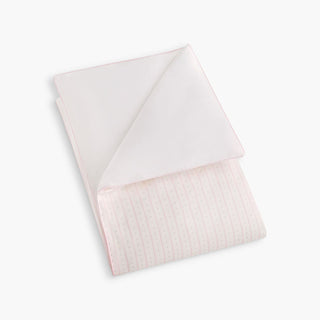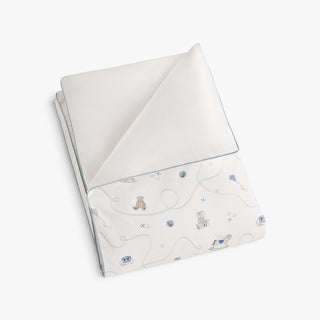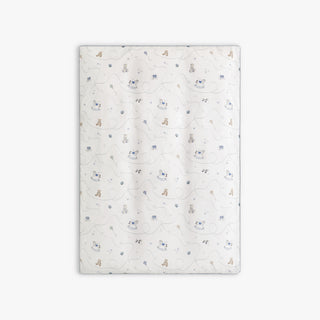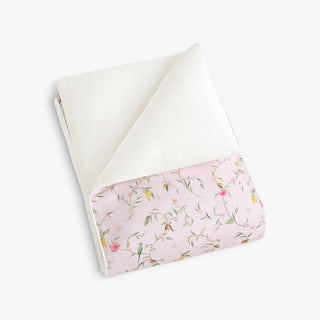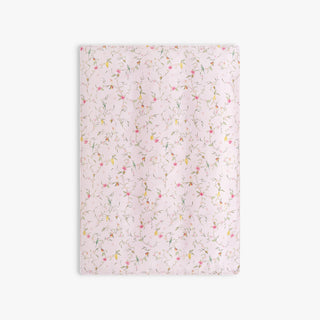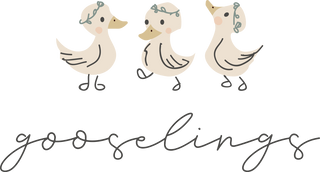
Photo by Kristine Boel
In North America, wintertime is often seen as burdensome and wrought with bitter cold, long dark days, and months of runny noses. In Nordic countries, on the other hand, winter is a season of contentment that most people actually look forward to. Norwegians stay fit and social by cross-country skiing each weekend. Finns get their blood flowing by relaxing in a healing sauna. Danes find the darkness as an opportunity to practice hygge by illuminating their spaces with candles and lights. Swedes fill their kitchens with the aromas of spiced treats.
It may not be surprising to know that nobody celebrates the holidays quite like Scandinavians. Most of their long-held traditions are based on the Pagan holiday of Yule, which celebrated the winter solstice with an elaborate feast that sometimes lasted for days. And while North Americans and Scandinavians share certain elements of the season like decorating Christmas trees and feasting, Yule is typically celebrated with a number of festivals that last for several weeks rather than just one particular day. And while exchanging gifts is also common with Yule, they’re often opened on Christmas Eve rather than in the morning.
If you’re longing to celebrate the holidays a little differently this year, we’ve put together three of our favorite Scandinavian holiday traditions for you to try. And while you’re at it, you can gift like a Scandinavian with our hygge toddler duvet cover!
Without further ado, enjoy these seriously hygge holiday traditions that we’ll be embracing this holiday season.
Calendar Candles

Photo by Kristine Boel
One of the simplest ways to adopt a Scandi lifestyle is with an abundance of candles in your space. Candlelight is essential to living hygge since they give off a gentle, warm light that instantly makes a home more cozy. So if you’re hoping to infuse some ritualistic comfort into your holiday, we suggest embracing the Danish tradition of lighting a calendar candle each day in December.
Instead of indulging in a chocolate advent calendar, calendar candles are printed with each day of December along the side. Each morning, Danes gather their families around the breakfast table and burn the candle down to the next marked line. The candle encourages all to take some time in the morning for mindfulness, and to slow down and enjoy the brief moments of joy and anticipation during a time that often feels frantic. If you’re looking for a traditional calendar candle, this one's for you. If less traditional is more your vibe, we love this set of 25 beeswax candles that each burn for 20 minutes
St. Lucia Festival
Many Nordic countries celebrate St. Lucia Day on December 13th, which kicks off the holiday season and often coincides with festivals that last through December 25th. This celebration is often started with a procession of women in white gowns carrying candles to signify the coming of the light as this tradition takes place around the winter solstice and celebrates the beginning of longer days.
What we love about this tradition is that it celebrates finding the light within a period of darkness, a concept that many of us may find benefits to both literally and metaphorically. Instead of dreading the winter, we can ourselves fill it with light with candles, twinkle lights, and joy.
Nordic Feasting

Photo by Victoria Lynn Photography
While the winter marks the end of pumpkin spice season in North America, Nordic countries introduce a number of warming spices to their palettes during this time. Across Scandinavia, the fragrance of freshly baked ginger biscuits and spiced mulled wine lingers down every block during the weeks leading up to Yule.
While feasting is popular in North America around the holidays, introducing more of the soothing spices of Yule like cardamom, cinnamon, ginger, and cloves can help add to the hygge comfort of the season.
Risalamande
A Danish almond rice pudding with cherry sauce. Here's the fun part: in the tradition, the cook hides one whole almond in the rice pudding and whoever finds it in their serving wins a present. The catch: everyone has to keep eating until the almond is found—no matter how full they are!
Glogg
A traditional Swedish wine spiked with cardamom, orange peel, raisins and almonds. Welcome your guests with something warm.
Copenhagen's Tivoli Gardens
The historic garden is filled with 70,000 glittering Christmas lights, 1,000 Christmas trees, the cutest wooden houses decorated with pine branches, and snow-covered trees to create that perfect Nordic atmosphere. Pure magic
Old Fashioned Pepperkaker (Norwegian Gingerbread Cookies)
Pepperkaker is more than just another cookie on the table. It’s a transformative dough of make-believe where dreams of candy houses and whole cities are an annual tradition, stories of runaway gingerbread men come to life, and windows and trees become a canvas for warm greetings and decorations.
Presents (with a twist!)

Photo by Jasmina Bylund
In Scandinavia, presents are handed out after dark, not the morning. Forget jumping out of bed to tear open your gifts as soon as you wake up—kids and grown-ups wait until the sun sets on Christmas Eve before seeing what Santa left them underneath the tree. Of course, it helps that darkness falls around 2pm in most parts of the country, so impatient people don’t have to wait too long.
Tomte
In Swedish folklore, the tomte was a small creature similar to a gnome who occupied a homestead and helped its inhabitants—sort of like a helpful elf. In modern times, he has become a gift-giver as well (and in some cases has merged in appearance with Santa Claus). Children leave out a bowl of porridge for the tomte to thank him for his work throughout the year and get gifts in return. To buy your own tomte to bring home, check out Tomtar & Troll in Gamla stan, Stockholm’s Old Town.
Knut's Dance
Party activities involve singing and dancing around the Christmas tree, "looting" the tree of ornamental candy and apples, smashing the gingerbread house into pieces and eating it, opening Christmas crackers that have been used as decorations in the tree, lotteries, creating a fiskdamm ("fishing pond") where children will "fish" for toys and candy or a treasure hunt. The songs and dances are essentially the same as those performed at Christmas and Midsummer, and some songs with verses about the end of Christmas, such as Raska fötter springa tripp, tripp, tripp, may especially emphasize such verses.
Aebleskiver

Puffy Danish pancake balls, and a traditional Danish dessert most often served during the Christmas season. Enjoy them year-round as a delicious breakfast treat! #Aebleskiver⠀
Adventskran
Many families in Scandinavia put an Advent wreath on the living room table the fourth Sunday before Christmas. The wreaths have four large candles and, traditionally, pinecones and berries. As lights are dimmed, the whole family gathers around the wreath. As one, they spend a quiet, reflective hour together. Some families may sing Christmas carols or enjoy a child’s performance on the flute or piano. Others may watch an afternoon family movie. This may include having hot chocolate, tea, coffee or glühwein for drinks. Each Sunday before Christmas a candle will be lit until all four candles are lighting the room. The Advent wreath tradition is especially observed in households where the decorated tree is not revealed until Christmas Eve. ‘Till then, the Advent wreath provides the heart-warming candlelight and evergreen aroma throughout the month
It’s never been more important to keep your spirits up in the darkest, coldest months. By introducing some Scandinavian traditions into your holiday festivities, you can find the light you need to carry you through the remainder of winter. And if you’re looking for the perfect gift this season, shop our collection of luxurious Scandinavian crafted baby blankets.


